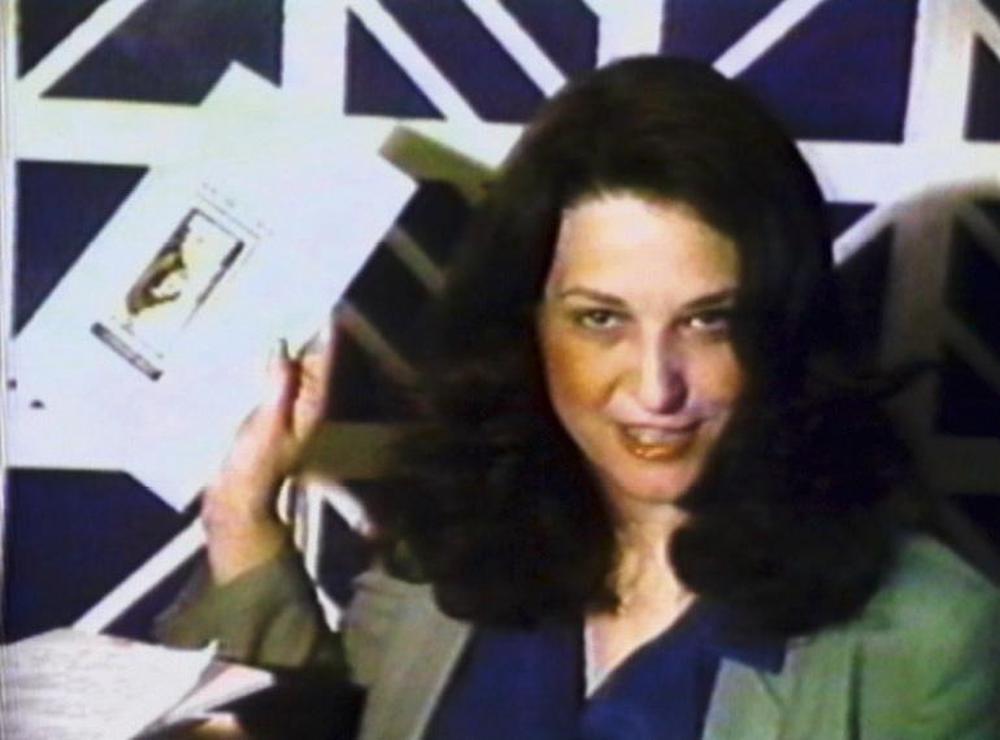Lynn Hershman Leeson. How We Construct Identity
A pioneer of new media art, Lynn Hershman Leeson explores the contours of identity and public life in a rapidly changing technological landscape. “Video and interactive systems became my tool for retracing personal history. It was a fortunate coincidence that as video was defining its language, I was finding my voice.”1 The artist made objects that she has compared to cyborgs as early as 19572 but, before working directly with technology, she created virtual worlds through public avatars. In 1968 she developed several pseudonymous art critics who published in the art press to make a name for Hershman Leeson. The fictional Gay Abandon, Herbert Goode, and Prudence Juris developed unique voices and contributed to real publications—Studio International and Artweek—at times taking up argumentative positions with one another.3 And for some five years beginning in 1973, the artist led a parallel public life as the fictional persona Roberta Breitmore, who possessed her own history, style, and driver’s license. In performative acts, Hershman Leeson reconstructed social and interpersonal spaces, challenging ideas about the real and the virtual.
Lynn Hershman Leeson, in Pierre Restany, “San Francisco and the Grande Dame of Digital Art,” Domus, no. 816 (June 1999): 118. ↩︎
Hou Hanru, “Interview with Lynn Hershman Leeson,” in Lynn Hersman Leeson: Civic Radar, ed. Peter Weibel (Ostfildern, Germany: Hatje Cantz, 2016), 174. ↩︎
Peter Weibel, “Early Works,” in Lynn Hershman Leeson: Civic Radar, ed. Weibel (Ostfildern, Germany: Hatje Cantz, 2016), 38. ↩︎
